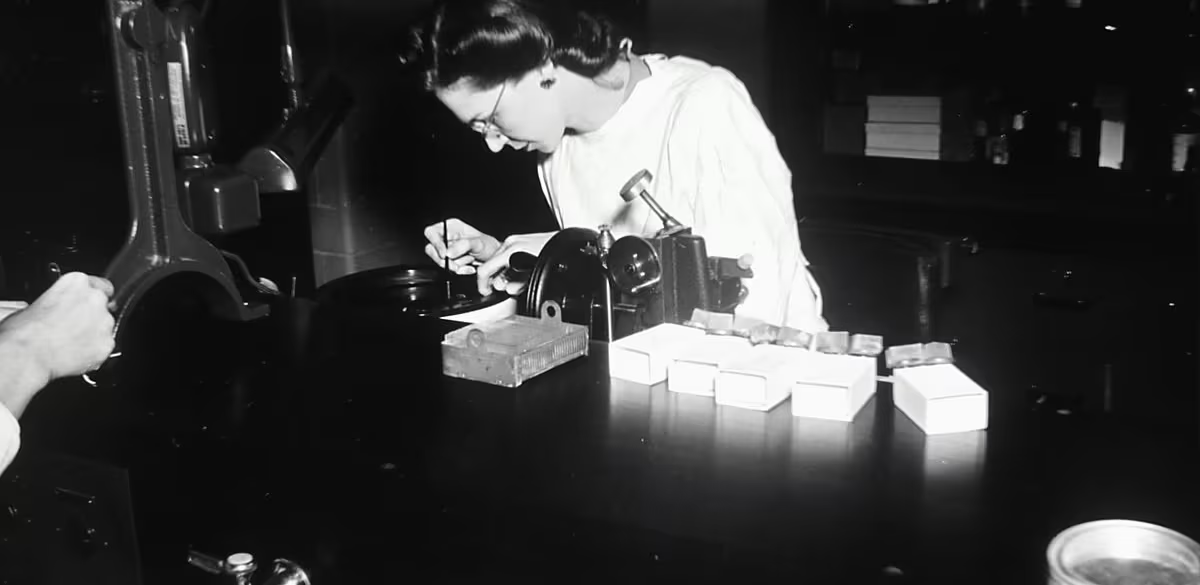The Matilda Effect
Medium | 12.11.2025 12:22
The Matilda Effect
3 min read
·
Just now
--
When Women Made History and Men Took the Credit
In the grand narrative of science, the spotlight has rarely been shared equally. Behind many of the most celebrated discoveries, there stood a woman — brilliant, tireless, and forgotten.
This persistent pattern of women’s work being ignored or credited to men is known as the Matilda Effect. The term was coined by historian Margaret W. Rossiter in 1993, inspired by Matilda Joslyn Gage, a 19th-century suffragist who wrote about the erasure of women’s achievements.
In simple words, it’s what happens when a woman makes a discovery and a man receives the fame.
The Forgotten Women of Science
- Rosalind Franklin captured the X-ray image that revealed the DNA double helix. Her photograph, famously known as Photo 51, was used by Watson and Crick, who went on to win the Nobel Prize in 1962. Franklin’s name was missing.
- Lise Meitner, the Austrian physicist who helped explain nuclear fission, was excluded from the 1944 Nobel Prize that went solely to Otto Hahn.
- Chien-Shiung Wu, a Chinese-American physicist, conducted the decisive experiment disproving the “law of parity.” Her collaborators Lee and Yang received the Nobel Prize; Wu’s name was omitted.









